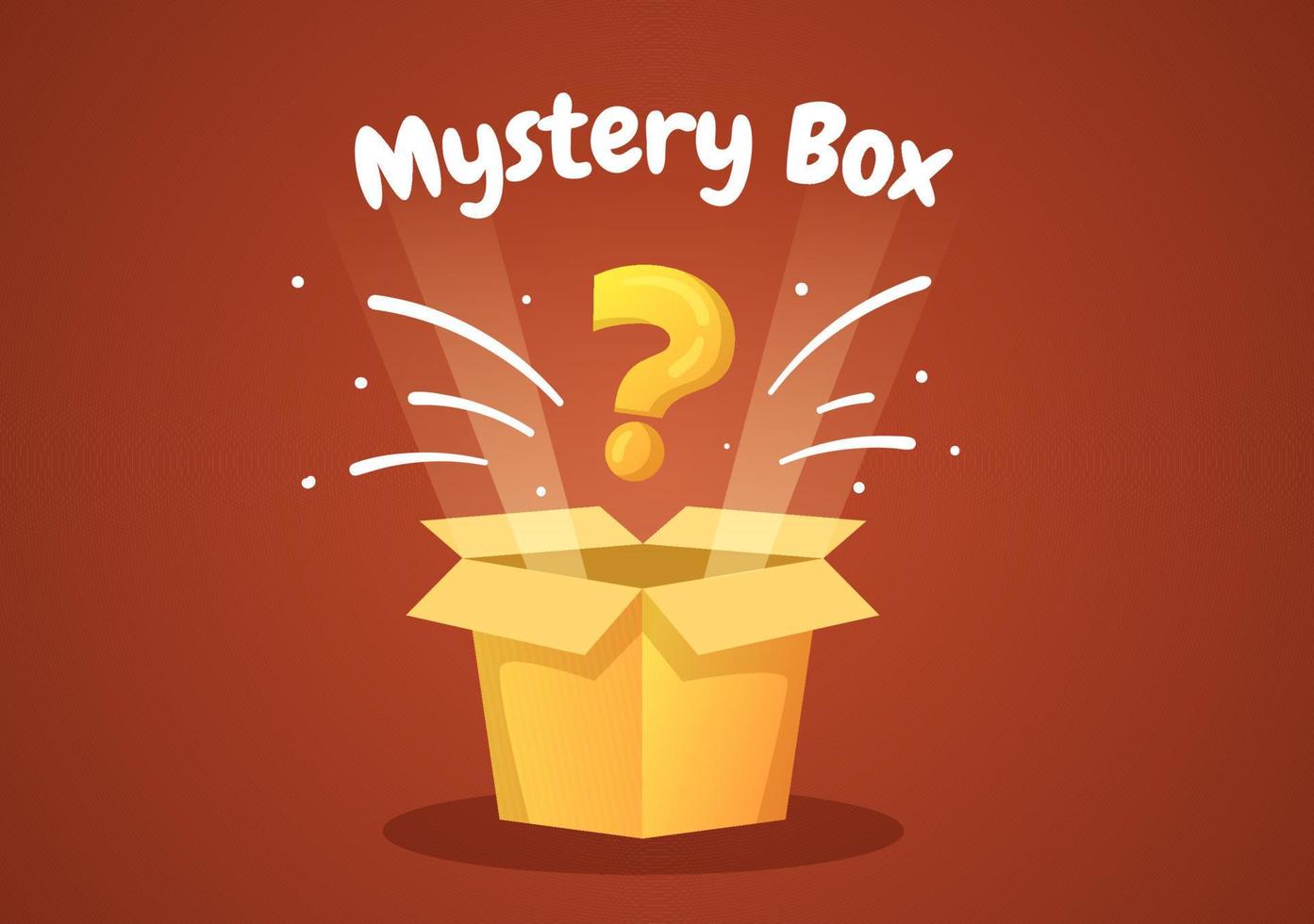In a world obsessed with transparency, spoilers, and instant gratification, the concept of a “mystery box” seems almost quaint. And yet, it remains one of the most powerful storytelling and marketing devices of our time. Whether literal or metaphorical, the mystery box tantalizes the imagination, offering a simple but irresistible question: What’s inside?
At first glance, a mystery box is just that—a box whose contents are unknown. But the appeal goes deeper. The allure of not knowing, the thrill of discovery, the fear of disappointment, and the hope of surprise all converge into this one sealed container. It could be a physical product, a narrative device, or even a state of mind. But in every instance, it represents the primal human hunger for answers—and the intoxicating beauty of the questions themselves.
The Origins of the Mystery
The idea of the mystery box is ancient, rooted in myth and folklore. Consider Pandora’s box in Greek mythology—arguably the first and most infamous mystery box. Given a jar (later mistranslated as a box) and told never to open it, Pandora’s curiosity ultimately unleashes all the world’s evils. Only hope remains trapped inside. The story is a cautionary tale about curiosity, yet it also recognizes its unstoppable power. Even in the face of warnings and consequences, we must know. We must open the box.
This archetype has persisted through centuries: treasure chests in pirate legends, sealed tombs in ancient Egypt, forbidden doors in fairy tales. Each contains the same elemental pull—mystery begets meaning. In each tale, the opening of the box leads to transformation, for better or worse.
The Box in Modern Storytelling
In the modern era, filmmaker J.J. Abrams famously popularized the term “mystery box” in a 2007 TED Talk, referencing a sealed box of magic tricks he bought as a child but never opened. For him, the unopened box symbolized infinite potential—what was inside could never be as exciting as what might be.
Abrams’ philosophy permeates his storytelling. In Lost, Fringe, and Star Wars: The Force Awakens, mystery is central. Characters, objects, and events are introduced with little explanation, driving audiences to theorize, question, and engage more deeply. Critics have debated the sustainability of this approach, arguing that an overreliance on mystery without payoff breeds frustration. But the impact is undeniable—the mystery box, if used wisely, hooks us like nothing else.
In literature, too, the technique thrives. From the locked-room mysteries of Agatha Christie to the psychological puzzles of Haruki Murakami, the unknown drives narrative tension. We are not passive readers—we are detectives, unwrapping clues layer by layer.
Consumer Culture and the Box You Can Buy
Beyond fiction, the mystery box has become a literal commercial phenomenon. Subscription services offer monthly “mystery crates,” filled with curated items from snacks to collectibles. Online marketplaces sell “liquidation mystery boxes,” where consumers gamble on potentially valuable electronics or utter junk. YouTube is filled with unboxing videos, feeding off the anticipation of the unknown.
Why are we so drawn to this? It’s not just the potential for reward—it’s the emotional rollercoaster of risk, surprise, and discovery. It mimics gambling, yes, but also birthdays and holidays. The box becomes a metaphor for life itself: unpredictable, chaotic, occasionally magical.
Yet this commodification of mystery has a darker side. The rise of digital mystery boxes—especially in gaming—has sparked controversy. Loot boxes in video games offer randomized rewards for real money, blurring the lines between play and gambling, especially among younger audiences. The mystery is thrilling, but the cost can be high.
The Psychological Pull
What is it about uncertainty that makes the mystery box so compelling?
Cognitive psychology offers some answers. Humans are naturally pattern-seeking creatures. We crave closure, and unresolved questions gnaw at us. The Zeigarnik effect, a psychological phenomenon, shows that people remember uncompleted or interrupted tasks better than completed ones. Applied to storytelling or marketing, a mystery left unresolved sticks with us.
Mystery also activates the brain’s reward system. Neuroscientists have found that the brain releases more dopamine in anticipation of a reward than in receiving it. In other words, the moment before opening the box—the suspense—is neurologically more stimulating than the actual contents.
But it’s not just about pleasure. Mystery challenges us. It invites interpretation, promotes critical thinking, and encourages imagination. In an age of algorithmic certainty and curated feeds, mystery offers chaos. And in that chaos, possibility.
When the Box is Empty
Of course, not every mystery box delivers. Sometimes, what’s inside is underwhelming—or worse, empty. This is the risk inherent in every mystery: the promise might outshine the reality.
But even disappointment has its role. It reminds us that the value wasn’t solely in the object, but in the journey—the guessing, the wondering, the brief glimmer of hope. The box was never just about what it contained. It was about what it could contain.
There’s a famous thought experiment called Schrödinger’s Cat, where a cat inside a box is both alive and dead until observed. The mystery box, too, exists in a liminal space—until we open it, it is everything and nothing, full and void. The act of opening it collapses infinite possibilities into one finite truth.
The Personal Mystery Box
Not all mystery boxes are physical. Each person carries their own mystery box within them—hidden desires, unrealized potential, undiscovered talents. The box might be sealed by fear, trauma, or complacency, but it’s there.
Opening that inner box is risky. It could change your life. It might lead to reinvention, or confrontation with parts of yourself you’ve avoided. But isn’t that the essence of growth?
Artists, entrepreneurs, and dreamers often succeed by opening their personal mystery box—by venturing into the unknown parts of themselves and bringing back something valuable. A painting. A company. A story. A truth.
Final Thoughts: Keep the Box Closed?
So, should we always open the mystery box? That’s a harder question.
Sometimes, not knowing is more powerful than knowing. Some mysteries should linger, undefined, allowing imagination to flourish. In storytelling, over-explaining can kill wonder. In life, some questions don’t have answers—or at least, not satisfying ones.
But mystery, even when unresolved, is not purposeless. It reminds us that the world is larger than our understanding. It invites humility and awe. And in a culture that often trades wonder for certainty, perhaps the mystery box is a rebellion—a reminder that magic still exists in the unknown.
Conclusion: The Box as Mirror
Ultimately, the mystery box is not just about what’s inside. It’s about who we are when we face it. Are we the curious child, trembling with anticipation? The cynic, certain of disappointment? The dreamer, already writing stories of what might be?
The box reflects our hopes, fears, and the deepest yearnings of our nature. It teaches us that the unknown is not to be feared, but to be embraced—cautiously, yes, but also bravely.




